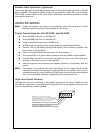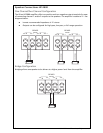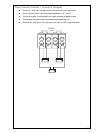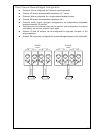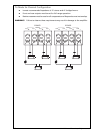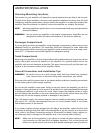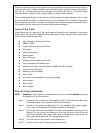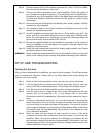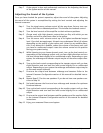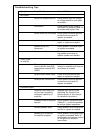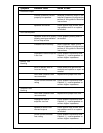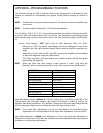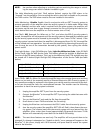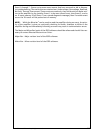
21
© 2005 Directed Electronics, all rights reserved
Step 8 Connect power wires to the amplifier (ground first, then 12 V(+) and REM).
Do not connect the battery at this time.
Step 9 Connect the RCA and speaker wires to the amplifier. Check the quality of
your speakers and signal connections. This will determine the ultimate per-
formance of your Orion amplifier. Refer to the Signal Input and Output Level
Controls and Speaker Connections sections of this guide for correct wiring
instructions.
Step 10 Reconnect the ground terminal to the battery after power, speaker, and RCA
connections are completed.
Step 11 Set crossovers. Refer to the Internal Crossover Configuration section of this
manual for detailed instructions.
Step 12 Pre-drill amplifier mounting holes. Be sure to "think before you drill". Gas
tanks, fuel lines, and other obstructions have a nasty way of hiding them-
selves. For best results use a marking pen to mark the mounting holes and
pre-drill these holes with a standard 1/8" drill bit.
Step 13 Mount the amplifier. Make sure the amplifier is mounted on a flat surface. If
this is not possible, do not over tighten the screws so that the chassis of the
amplifier is twisted or bent.
Step 14 install the fuse located near the vehicle's battery and proceed to the Testing
the System section of this manual.
WARNING! Never exceed the recommended fuse size of this amplifier. Failure to do so will
result in the voiding of your warranty and possible damage to the amplifier.
SET UP AND TROUBLESHOOTING
Testing the System
After you have completed the installation, you need to test the system. This will help ensure
years of trouble-free operation. Please refer to the listed steps below when testing the
sound of your Orion system.
Step 1 Check all the wiring connections to be sure they are correct and secure.
Step 2 Turn the signal source volume control all the way down. Set any tone con-
trols to their flat or defeated positions. This includes the loudness control.
Step 3 Turn the level controls of the amplifier to their minimum positions.
Step 4 Turn the source unit on. Check to see if the power LED located on the con-
nection side of the amplifier is on. If not, please refer to the Power
Connections and the Troubleshooting Tips sections of this manual for instruc-
tions.
Step 5 If using an aftermarket source unit, turn the level controls of the amplifier
about one quarter of a turn. Slowly increase the volume level of the source
unit to so that you can hear the output of the system. If no sound is heard or
if the output is distorted, turn the system off immediately. Refer to the Power
Connections and the Troubleshooting Tips sections of this manual to solve
your installation problems.
Step 6 Check to make sure the output for each channel is correct. If the active
crossovers are used, check to make sure that each output is correct from the
amplifier. When using active crossovers on midrange and tweeters, do not
use crossover frequencies lower than recommended. If the system is not con-
figured properly, refer to the Internal Crossover Configuration section of this
manual and take corrective action.



